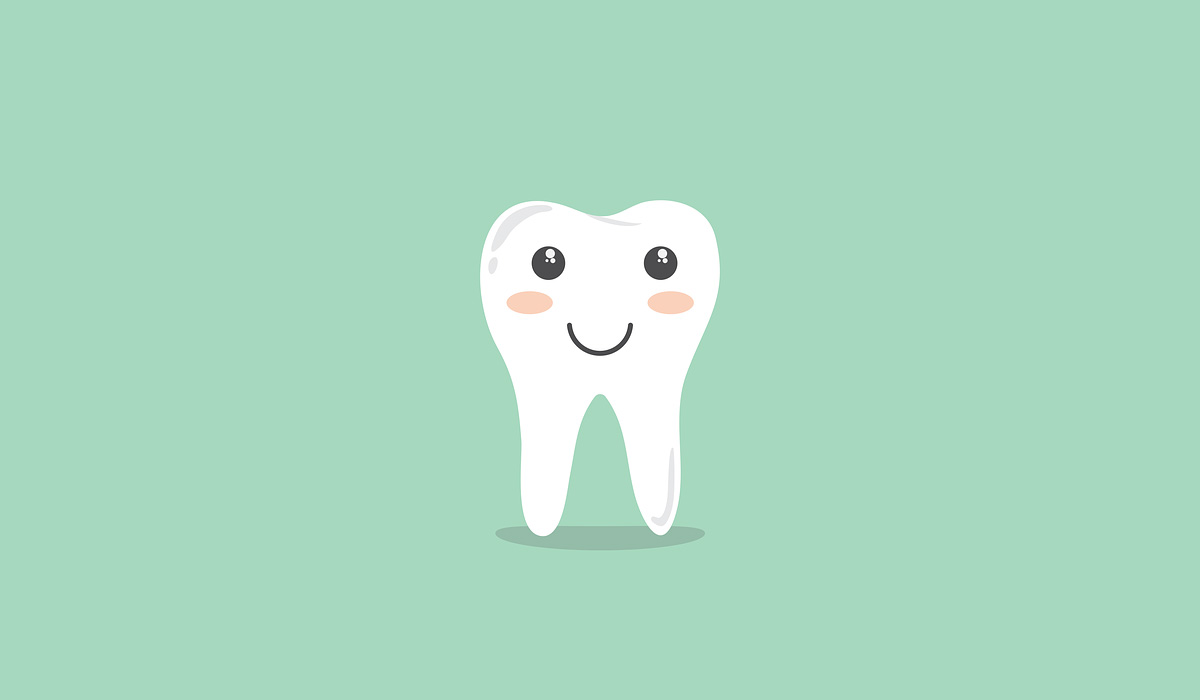Gingivitis is a more frequent problem than many of us realize. Fortunately, it is also easily treatable. With proper dental care, you can prevent Gingivitis—and even reverse the condition! Here’s what you need to do to keep Gingivitis at bay.
What Is Gingivitis?
First, before diving into preventing and reversing Gingivitis, let’s go into what it is and the symptoms.
Simply put, Gingivitis is caused by the long-term build-up of plaque. Plaque is a regular part of your teeth. It is formed daily when the bacteria in your mouth mixes with your foods. Foods high in sugar especially foster the plaque-creation process. Typically, you have 24 hours before the plaque fully forms, so daily teeth brushing is extremely important.
If you leave the plaque to harden, it becomes tartar, a naturally created layer of protection for bacteria. The build-up of tartar is what leads to Gingivitis. At first, Gingivitis is not extremely painful, but as it progresses, the pain worsens, and teeth can be lost.
Swollen gums are the first indicator in most cases. Other symptoms include tender gums that bleed even during gentle brushing and flossing, gums that appear bright red or purple, and bad breath. The bad breath is a result of the pocketing that occurs between your teeth and gum line.
What to Do if You Have Gingivitis
First, don’t panic. Gingivitis mainly occurs due to inconsistent dental care and bad habits. Gingivitis can be reversed in almost every case. Everyone should take a few basic steps to reverse their Gingivitis.
Get dental cleanings in NW Calgary should occur at least twice a year. It allows dentists to check your teeth and advise you on caring for them. Dentists are also able to detect any build-up of plaque or tartar. The dental hygienist can remove this build-up.
1. Brush and Floss Daily
Daily brushing and flossing are essential. Brushing should occur at least twice a day (once in the morning, once in the afternoon). It is because when you brush your teeth, you eliminate the plaque from the surfaces of the teeth. It covers about 60% already of your teeth. Flossing covers the remaining 40%. The floss removes food particles and plaque between the teeth and the gum line.
2. Use Mouthwash
Using mouthwash daily also helps to kill the bacteria in your mouth. The fewer bacteria there are, the less plaque that can build up in the first place. Just be gentle with the mouthwash—too much will kill all the bacteria in your mouth and leave it dry and uncomfortable.
How to Prevent Gingivitis
Preventing Gingivitis is simple. The advice for preventing Gingivitis is the same as for reversing it. Go to the dentist every six months (at least twice a year), brush and floss daily, and use mouthwash. However, beyond these oral hygiene basics, some further lifestyle changes could reduce your chances of getting Gingivitis.
Stop Smoking
Tobacco is a considerable risk factor for developing periodontitis. It is the inflammation of the gums and supporting structures of the teeth. It directly leads to Gingivitis. Smoking also lowers the success rate of some treatments. Vaping is not any better, as most vape pens contain more concentrated doses of tobacco. The best thing to do is to quit altogether.
Decrease Stress
Stress affects your body’s immune system, making fighting off infections difficult. Since we are talking about an infection of the mouth, stress directly affects this.
Proper Nutrients
If you are not getting the proper nutrients, your teeth can’t grow strong and healthy. Missing out on crucial nutrients for growth, like vitamins E and C, means you are at a disadvantage. If you have a lack of these vitamins, it could lead to infected gums and a weaker immune system. You can stock up on these vitamins by eating many leafy green vegetables, broccoli, and potatoes (among other foods).
Clenching and Grinding
If you are constantly putting pressure on the supporting tissue of the teeth, it increases the rate at which they are being destroyed. It means that they become weaker and more susceptible to infections. Speak to your dentist about getting fitted for a mouth guard or to get advice for managing the tension in your mouth and jaw. It plays into distressing as well.
Tried Everything and Need a Faster Solution?
You may have tried all the above, but something else has helped. Take a deep breath. Even trying all the techniques and advice listed above sometimes isn’t enough, although that does not mean that they should be ignored or dropped. Sometimes Gingivitis is at the stage where it needs to be looked at by a professional. In these cases, ensure you have a list of symptoms and are ready to go to a dentist.
Do not let financial constraints stop you from seeking the help you need. Gum disease is a costly and time-consuming issue that can be treated early. Once in later stages, gum disease takes years off an individual’s life, so acting as soon as possible is essential.
Luckily, most insurances cover dental check-ups, and there are always payment plans to get you the care you need. Ensure that the team you contact makes you feel comfortable and confident in their services.
You must be happy with the quality of treatment you are getting. Gingivitis can also be embarrassing, with bleeding gums and bad breath. The team you contact should be quick to help you or make you feel wrong about the quality of your teeth.
Our Valley Ridge Dental Centre team is happy to help you overcome Gingivitis. We do in-depth cleanings and customize treatment to the pain level the patient is experiencing. Contact our dentist in NW Calgary today.

